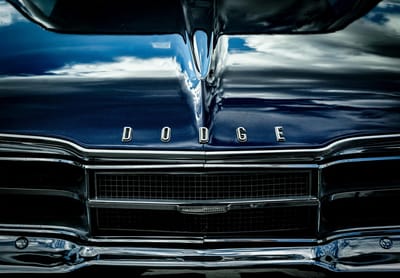Lockheed had idea for double-decker super jet that could carry more passengers than an A380
- Lockheed once wanted to build its own A380
- It was supposed to be bigger than the Airbus A380
- However, it never saw the light of day because of several issues
Published on Jul 30, 2024 at 3:13 PM (UTC+4)
by Siddharth Dudeja
Last updated on Jul 30, 2024 at 6:19 PM (UTC+4)
Edited by
Tom Wood
Lockheed Martin once decided to build a larger, more spacious version of the Airbus A380, but this plan never came to fruition.
The Airbus A380 left the entire world surprised when the aviation company first announced it back in the early 1990s — some thought it would fail, and competitors like Boeing were cautious if it were to become a massive success.
Before we even saw the first A380 taking off, Lockheed was already working on creating this double-decker jumbo jet that would seat over 900 passengers.
DISCOVER SBX CARS: The global premium car auction platform powered by Supercar Blondie
Lockheed Martin wanted to create the world’s largest passenger plane
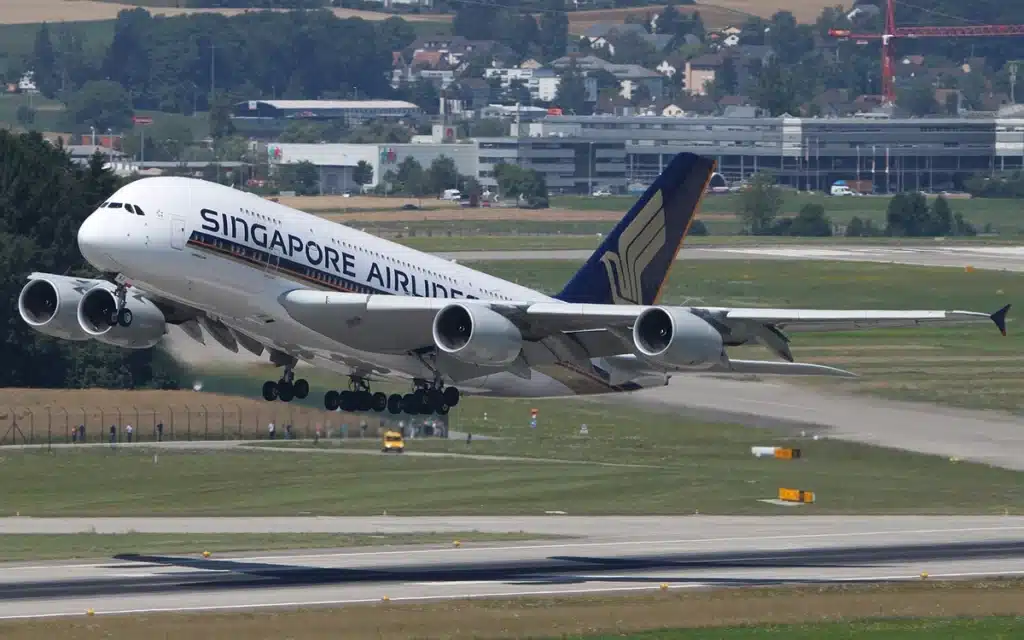
You see, the Airbus A380 was poised to become the world’s largest passenger aircraft, which it did.
The idea seemed quite vague and impractical at the time, which is why airlines and other aviation companies were in a dilemma.
However, Lockheed Martin thought it was a great idea in 1996 and that it should do it, too.
But Lockheed faced an obstacle — it lacked the know-how and needed help.
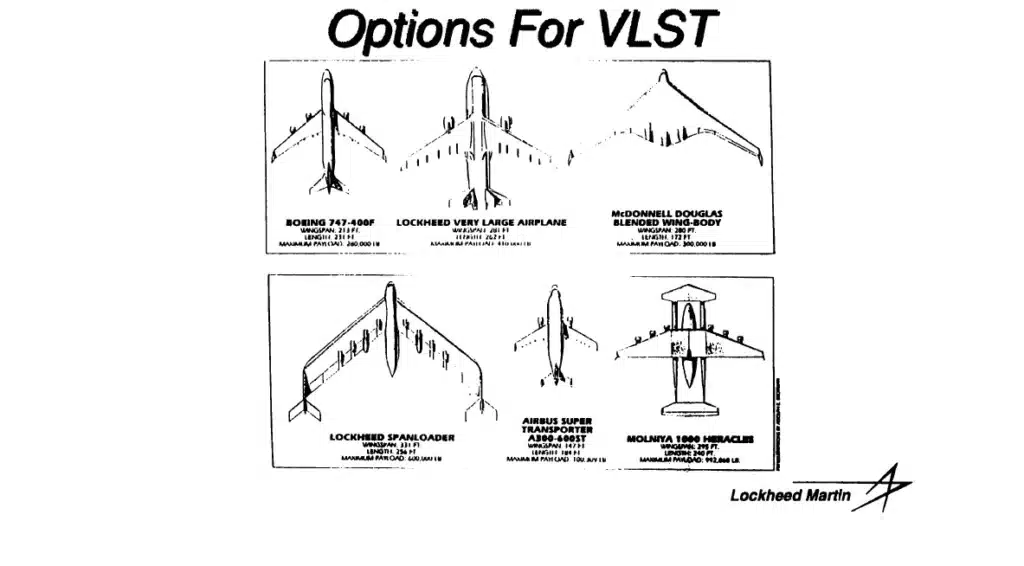
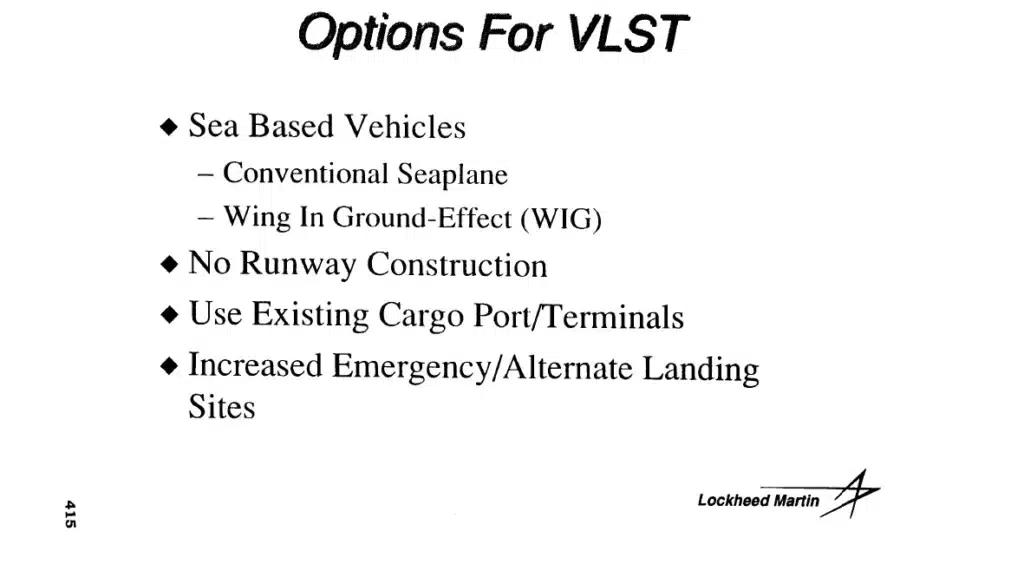
They also were quite ambitious, as their sales projections and design ideas for the planes essentially wanted their plane to be larger than the A380 itself.
This is why Lockheed went to NASA — yes, NASA — for help.
After some due diligence, they came up with several model designs that included a cargo plane, a sea plane, and some others.
However, the final iteration looked like a buffed-up version of the Airbus A380 as we know it today.
It was supposed to be bigger (and better) than the Airbus A380
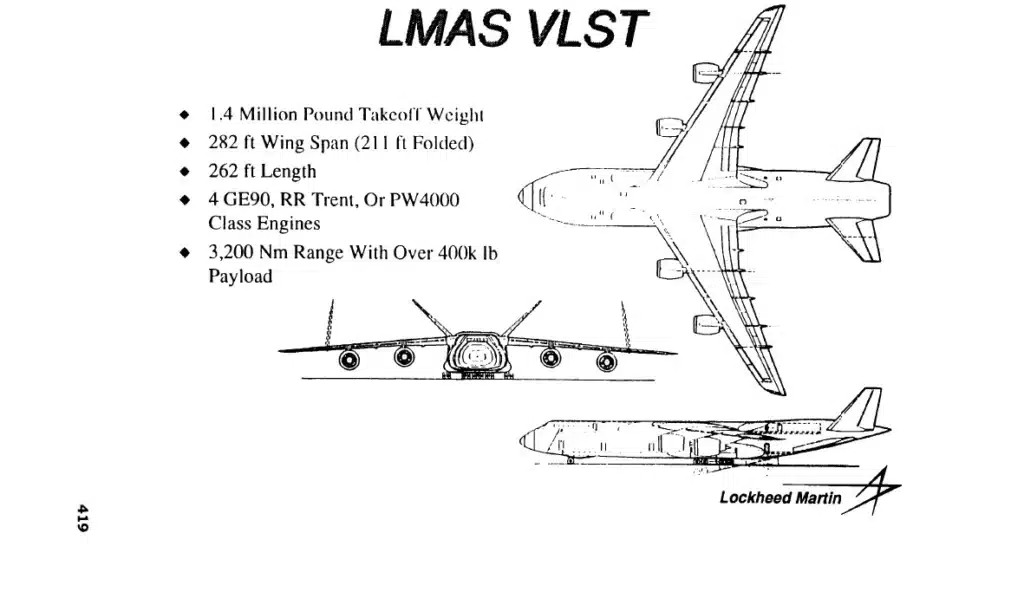
Here’s what its projected specifications looked like: it would have a 282 ft wingspan with folding wings like those on the Boeing 777, a 1.4 million pound take-off weight, and a length of a whopping 262 ft.
If you know your planes, you know that these numbers are outrageous, especially for a company like Lockheed, who had never tried something like this before in the 1990s.
For the sake of comparison, the A380 has a wingspan of 262 ft and stretches for 239 ft.
Lockheed’s to-be jumbo jet had a temporary name: ‘Very Large Subsonic Transport’—or VLST for short.
The emphasis is on the Very Large.
VLST further aimed to seat 950 passengers at once, which was well above the A380’s situation.
The A380 has a maximum seating capacity of 853 passengers, and most airlines only have between 450 to 525 seats usually.

It was certainly an ambitious plan, but it never saw the light of day because of financial issues, lack of resources, infrastructure, and practicality.
The more Lockheed Martin laid out the details, the more they realized the project wasn’t feasible.
The company would eventually require support from both Airbus and Boeing to develop this plane.
Moreover, the existing infrastructure couldn’t accommodate a plane like the VLST.
Hence, the idea remained in the pages, but it surely was an ambitious plan.
After all, competition is what makes the aviation industry thrive.


